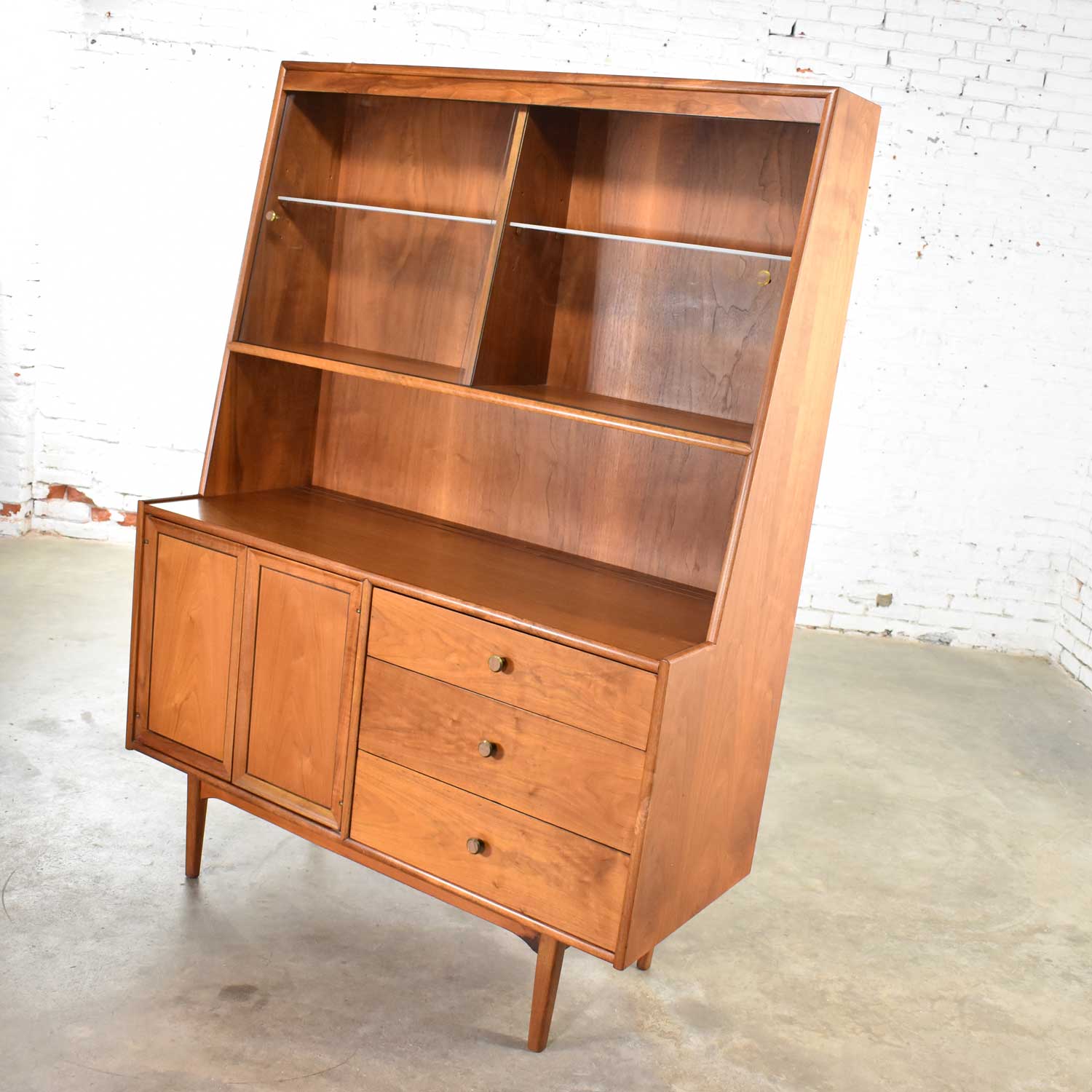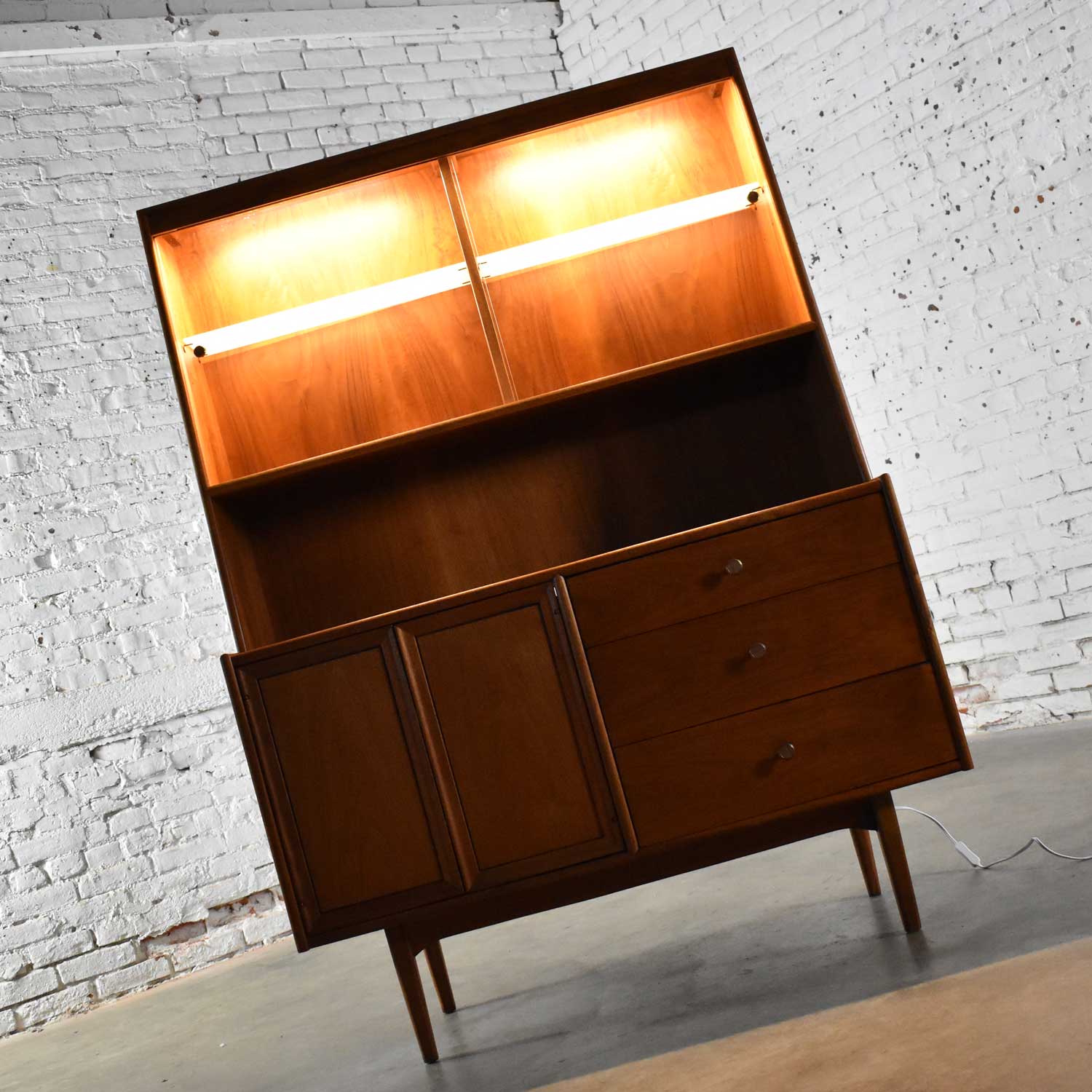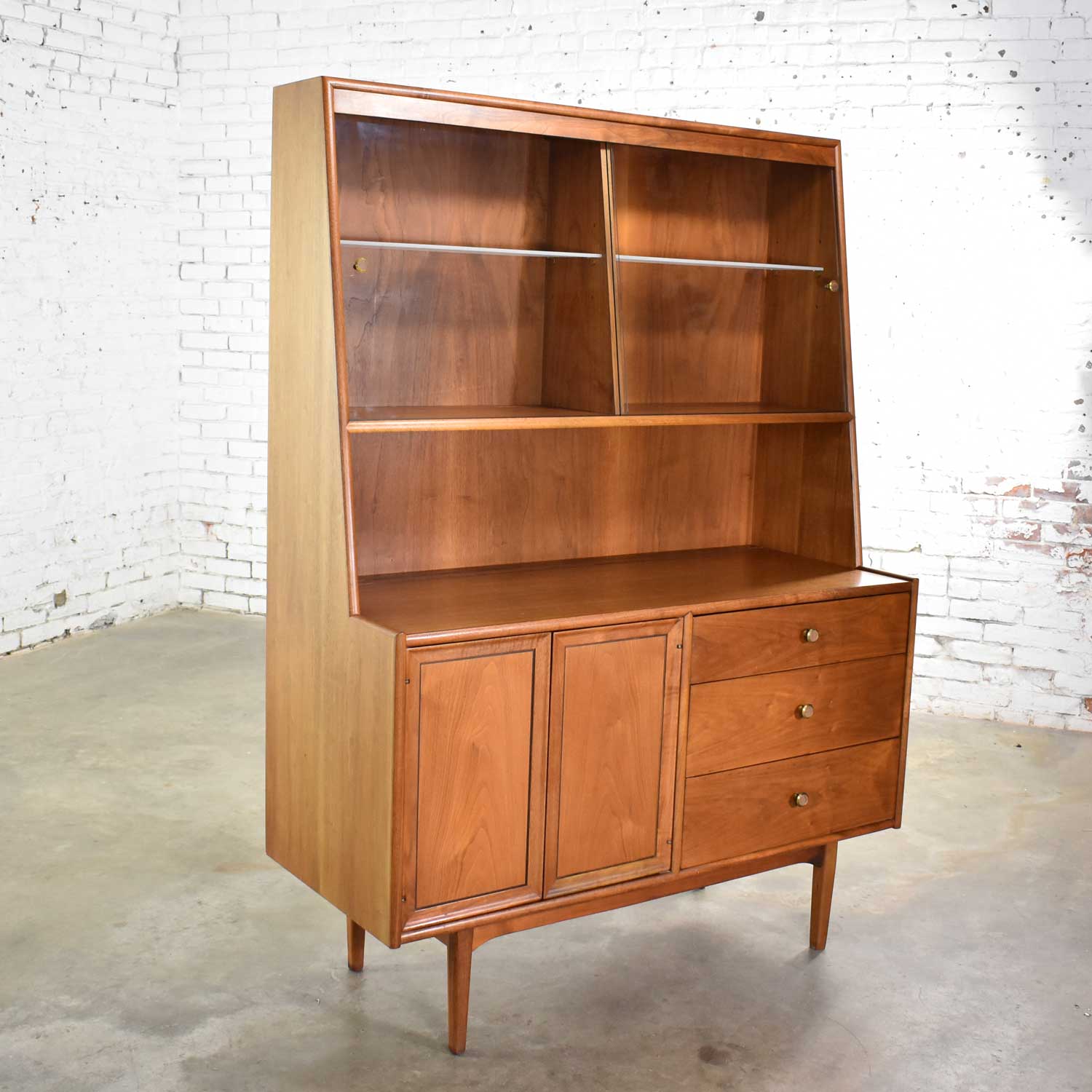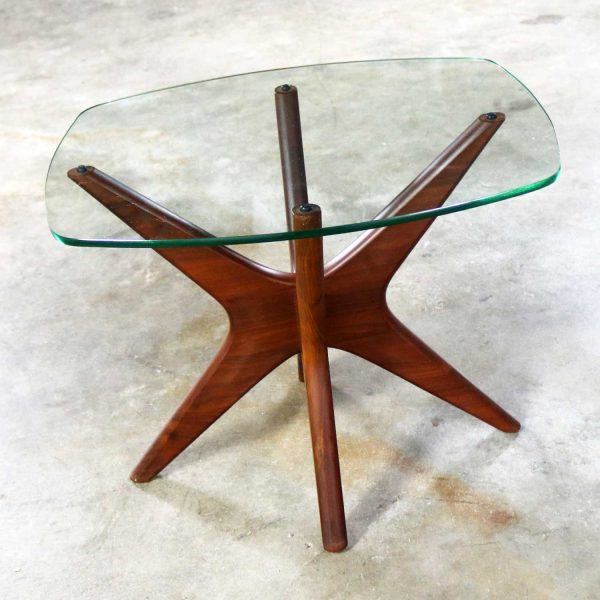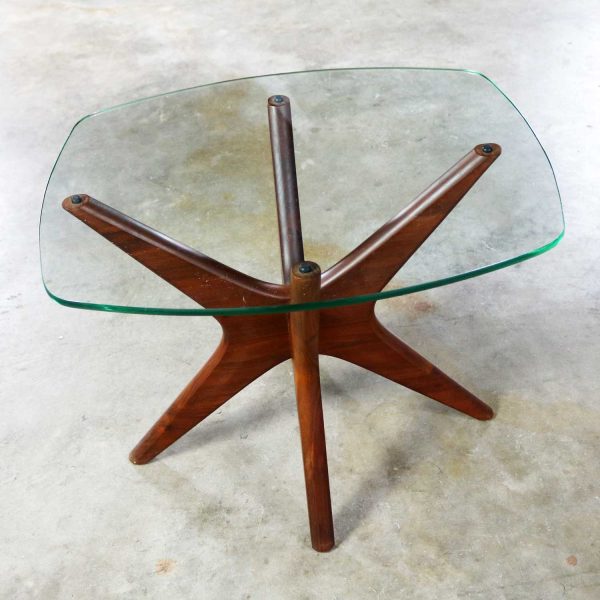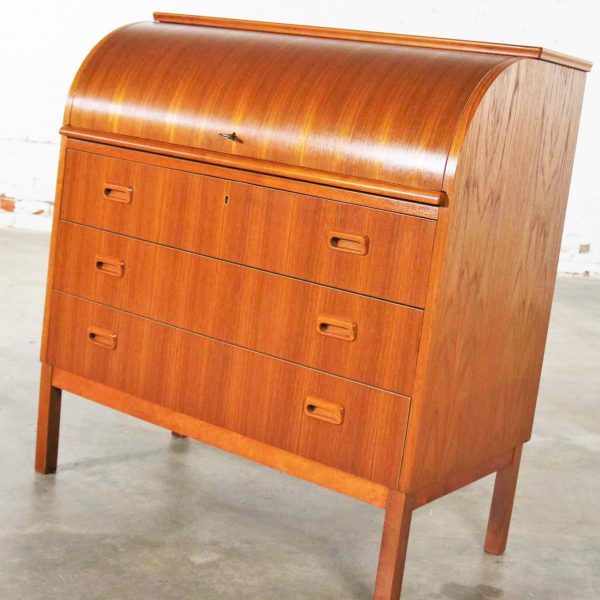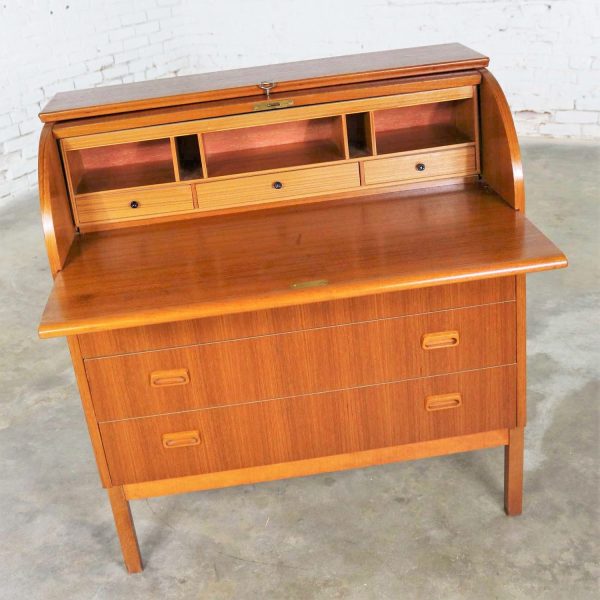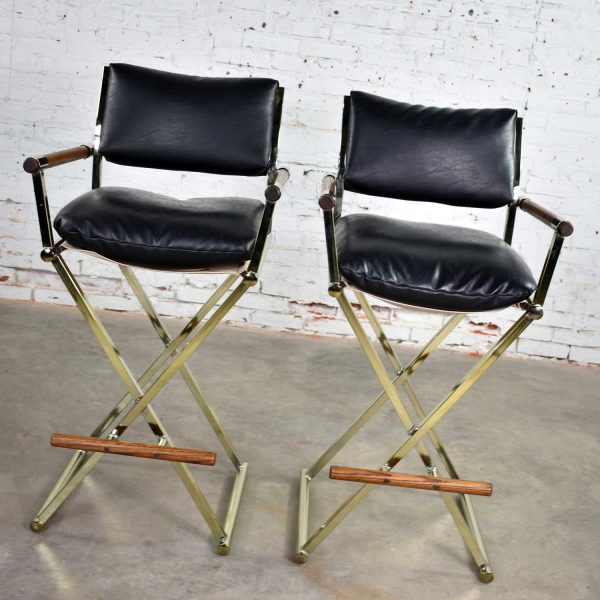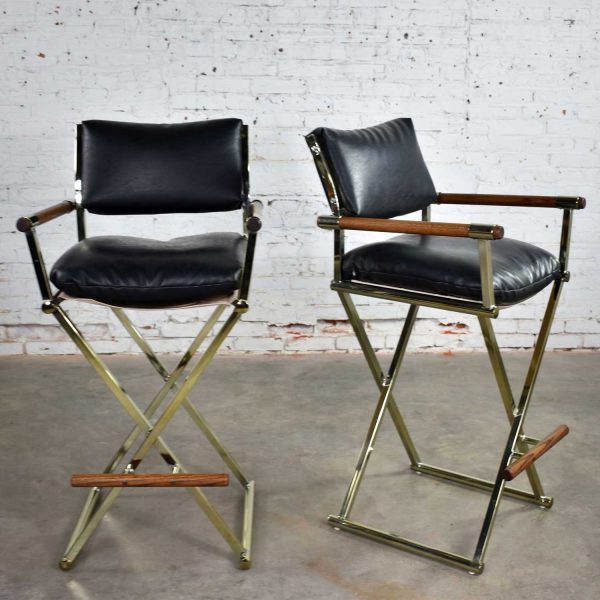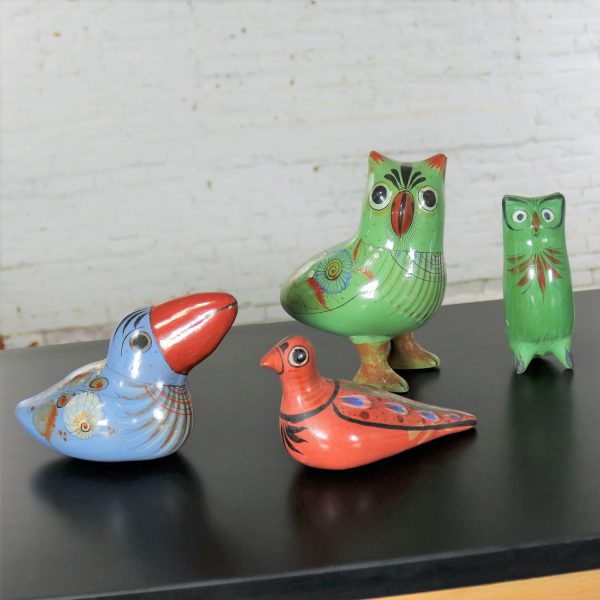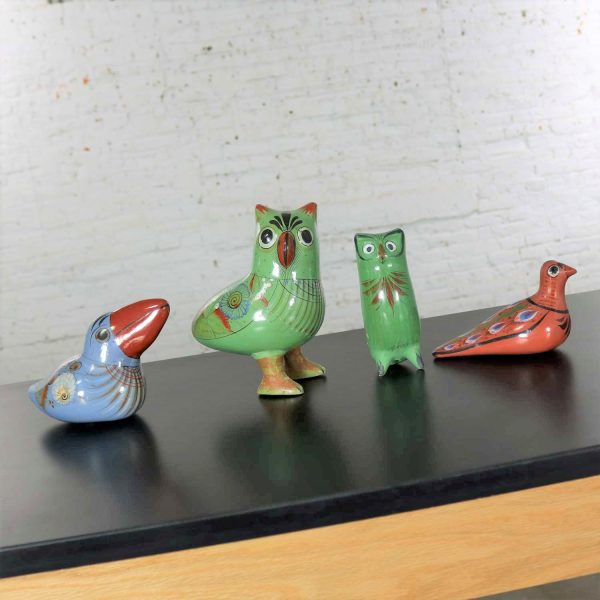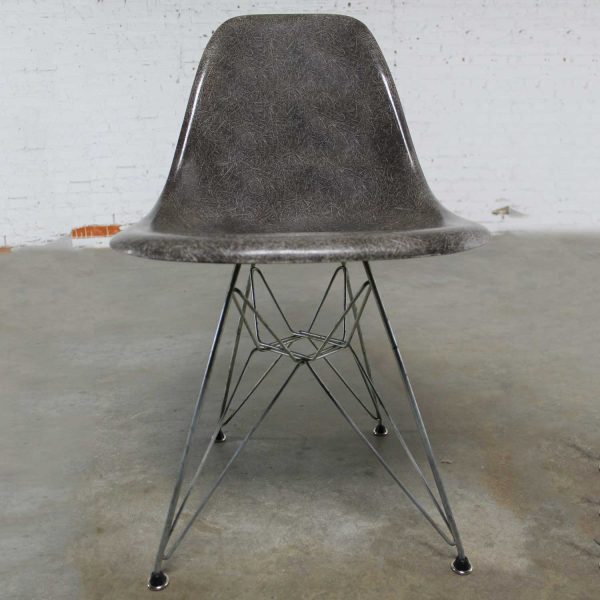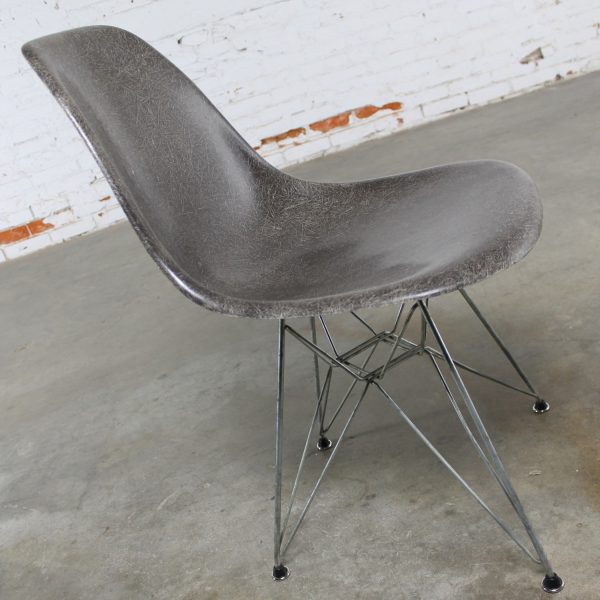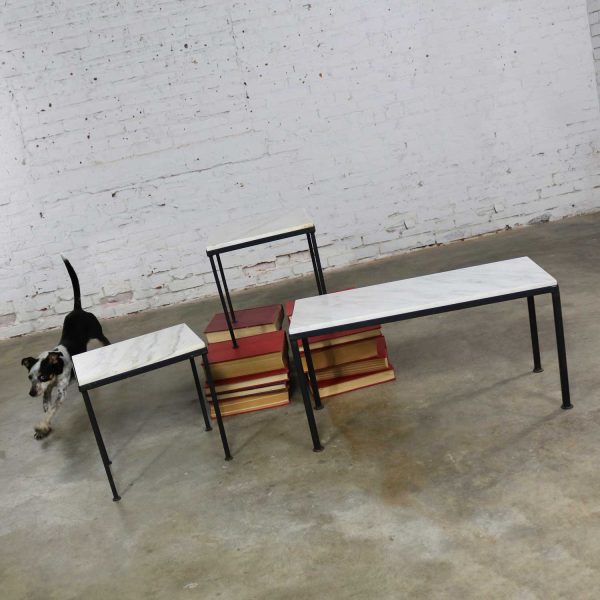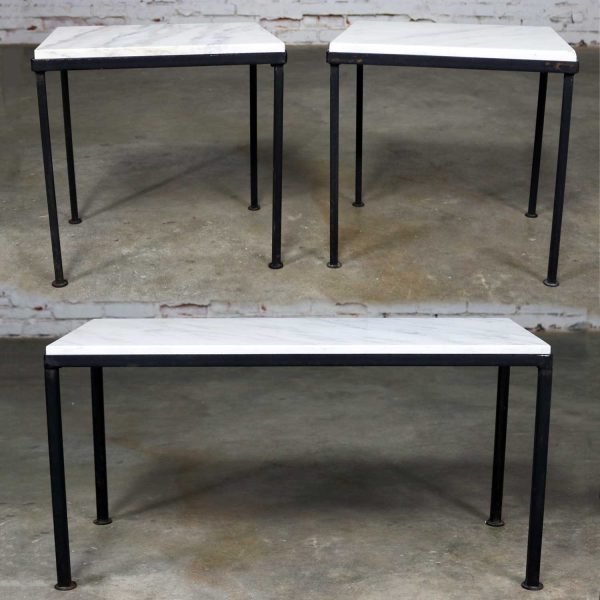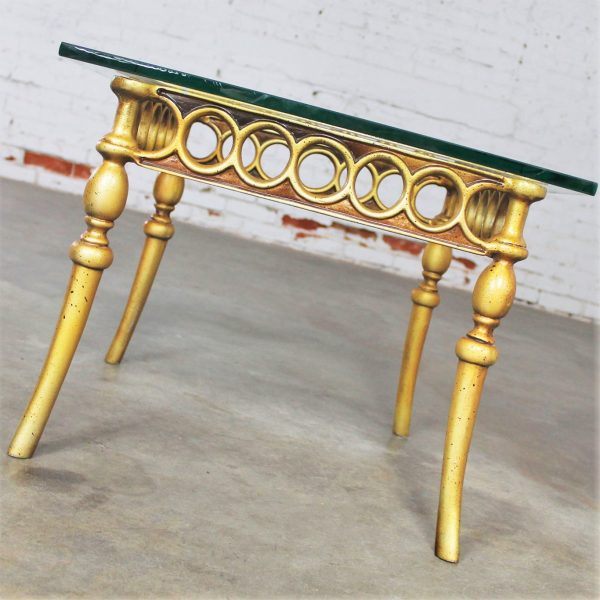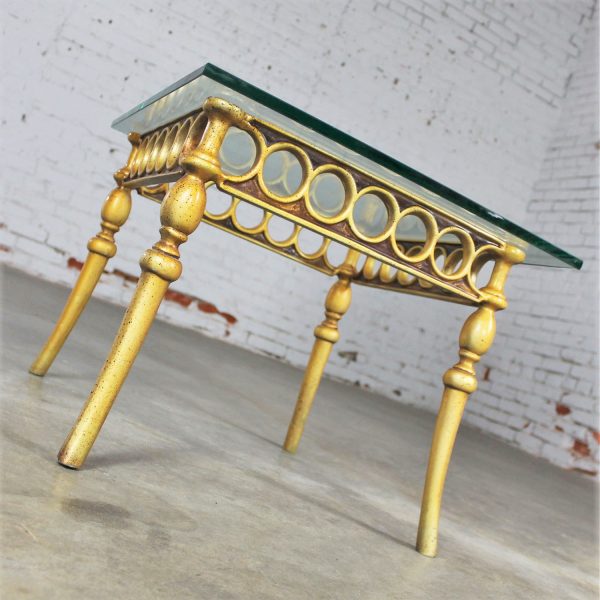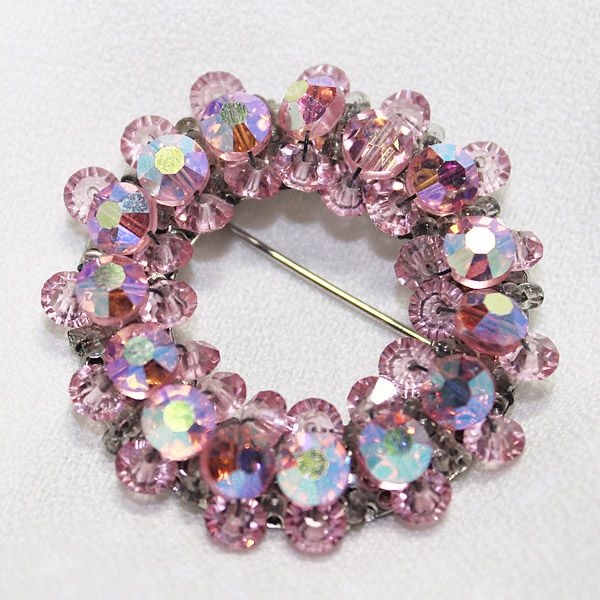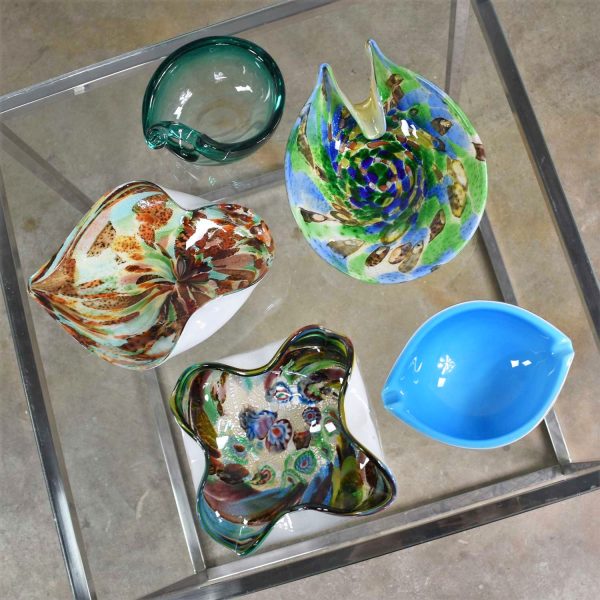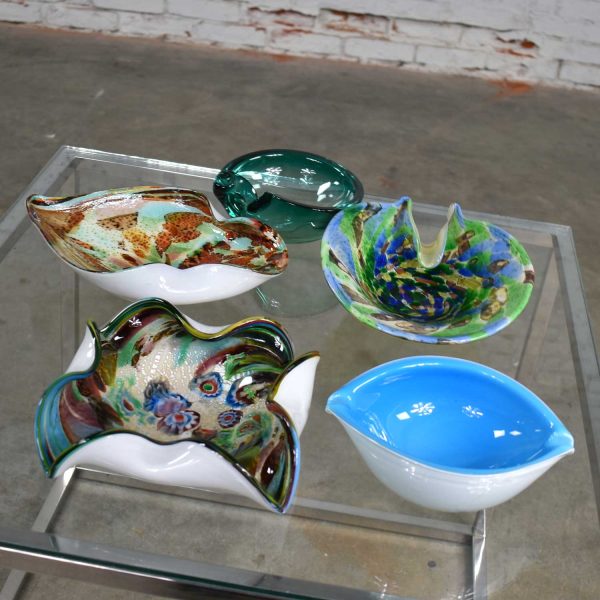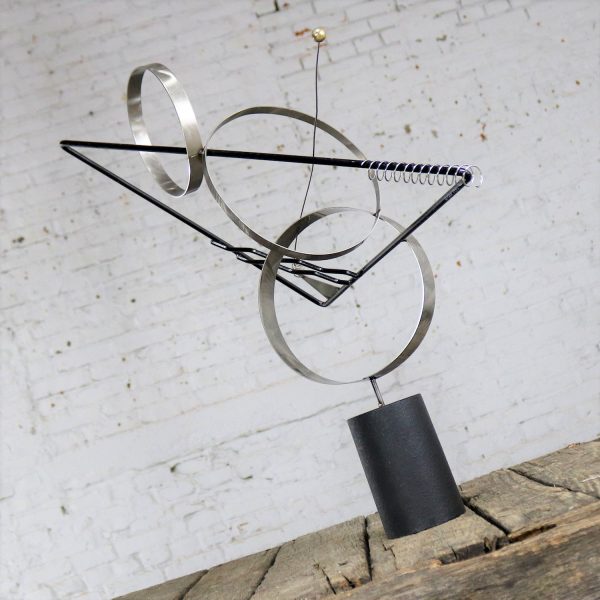Drexel Declaration is one of my very favorite lines of American furniture from the mid-20th century and this gorgeous china hutch cabinet doesn’t disappoint. This is a one-piece cabinet outfitted as a display hutch on the upper portion with full-view sliding glass doors and a credenza style bottom fitted with double solid doors on the left and three drawers on the right which are adorned with round toadstool shaped brass pulls. The whole is lifted off the floor on tuned tapered legs. Simply stunning! Plus, white glass shelves in the lighted display hutch is a nice surprise detail. You say you don’t have “good” china to display? Well fill it with books! Or make it a dry bar and fill the display portion with wonderful cocktail glasses and use the lower part for liquor bottles and other bar accessories. It is beautiful and useful!
Kipp Stewart, a celebrated American designer, born in 1928 in Pittsburgh, Pennsylvania did not lead a charmed childhood. Sent to California to live with distant relatives at a young age, you could call him a self-made man. His furniture designing fate was sealed at 15 when hitchhiking to school he passed a storefront shop and studio on Melrose Avenue in Los Angeles with pencil industrial drawings in the windows and fell in love with them. Kipp worked hard, turning down a track and field scholarship at USC and instead enrolled at Chouinard Art Institute in the late 1940s. Again, he worked very hard days and nights becoming a renowned artist, architect, and award-winning designer. He currently resides in Carmel, California and is still painting.
Alexander Stewart Orton MacDougall was born in the late 1920s in Pasadena and grew up in a Green and Green house which he credits for his fascination and love of design. Judged early with a learning disability which he obviously overcame, Stewart attended Chouinard Art Institute after a short time in the Navy. He then went to work for Victor Gruen and Associates where he met his mentor Rudolf Baumfeld who had studied under Le Corbusier. With this association, his design and artistry paths were sealed. Striving always for simple lines without fussiness. It is clearly apparent throughout his work whether in furniture, boats, golf clubs, or sculpture. He currently splits his time between Montecito, California and Nantucket with his wife of many many years and lifetime muse, still working on projects each day.
Drexel Furniture Company was founded in 1903 in Drexel, North Carolina by six businessmen for a total investment of $14,000.00. Sam Huffman, one of the initial founders, managed the enterprise until his death in 1935 when his son, Robert O. Huffman took the helm. By 1950 under the younger Huffman’s leadership Drexel had grown from a small factory to a leader in furniture manufacturing. They acquired other furniture companies along the way and by the late 1950s employed 2300 workers. The 1960s had them adding industrial and hospitality furniture to their lines. In 1968 they were purchased, and Drexel Enterprises became Drexel Heritage Furnishings, Inc. They continued to add to their styles and lines and were sold again and then in 1986 became part of Masco Corporation one of the country’s largest furniture manufacturers. They are now based in High Point, NC and operate ten factories in North Carolina and one in South Carolina and are one of the leading furniture manufacturers in the world.
This is an iconic piece of mid-century modern furniture. So, wherever you use it and however you use it….you need to make it yours!

